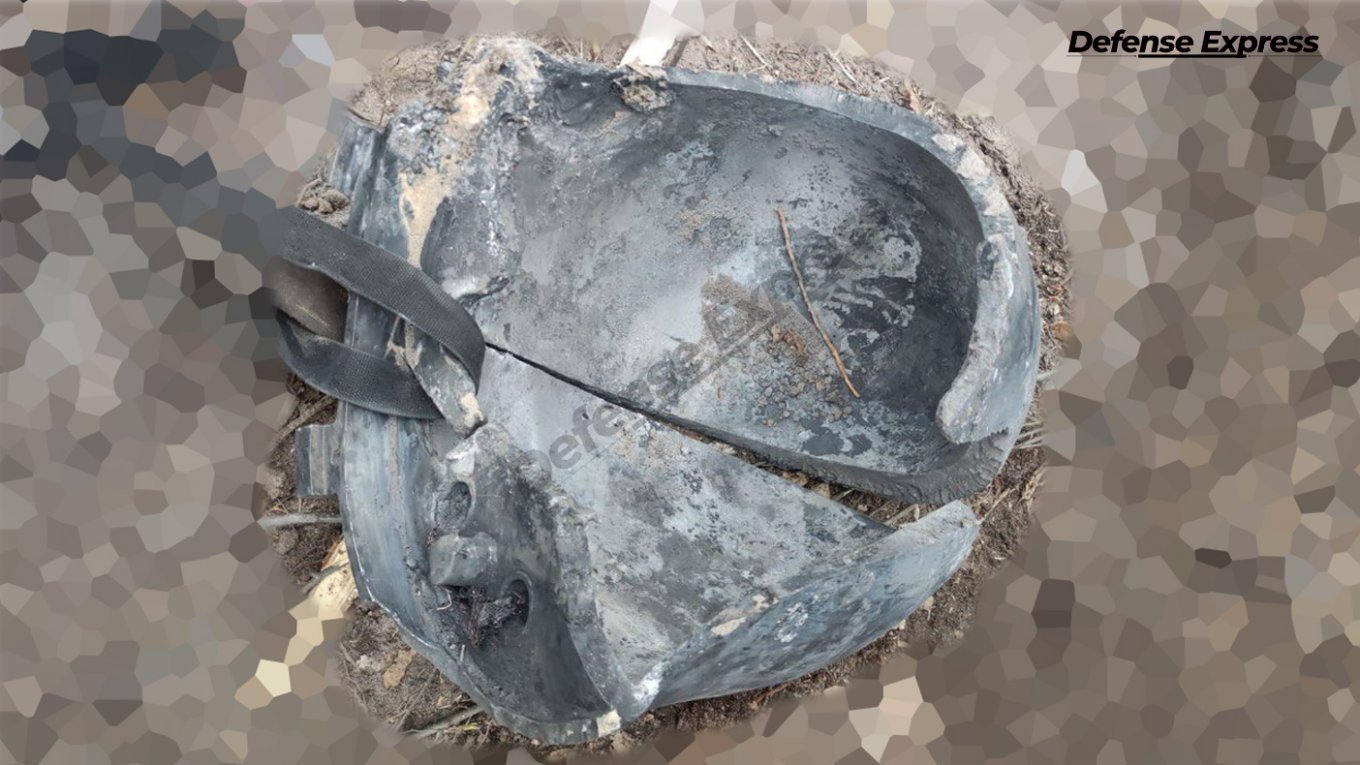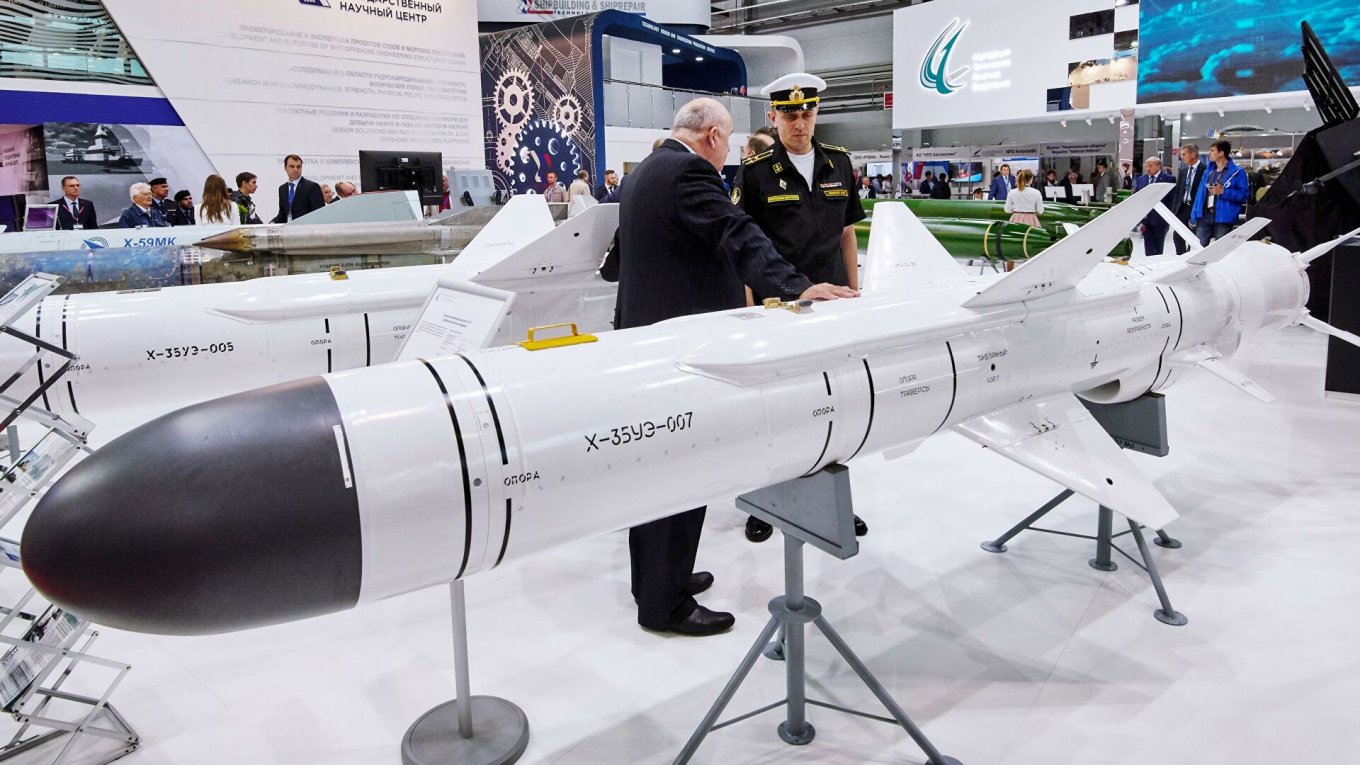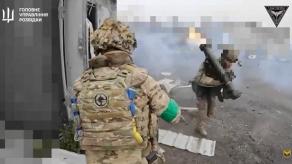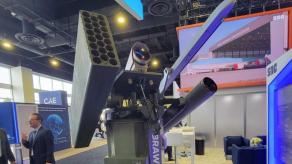Careful analysis of the warheads found in the 3M22 Zircon hypersonic missiles downed on March 25th, 2024, has revealed so far the biggest known scam in the russian defense industry, orchestrated by the contractor, Tactical Missiles Corporation JSC, and its customer, the Ministry of Defense of russia.
The product is a scam because its specifications were tailored as closely as possible to the requirements issued by the ministry but it was achieved only at the cost of transforming the weapon in development into a completely helpless missile. The defense ministry, in turn, turned a blind eye to this fact and accepted the result with no questions asked.
Read more: Kyiv Scientific Research Institute of Forensic Expertise Discloses the Explosive Payload Weight of the Zircon Missile
Defense Express has learnt from its sources that, according to preliminary estimates, the weight of the warhead inside the 3M22 Zircon is about 100 to 150 kilograms, of which 40 kg is the total weight of explosives. The type is high-explosive fragmentation, it has quite an unusual shape and notably low weight compared to a typical anti-ship or even any kind of attack missile. The dissonance between its speed performance and actual firepower is evident, considering it's objectively the most advanced of russia's missile weapons with a declared attack range of 1,000 km traveling at hypersonic speeds thanks to the hypersonic ramjet engine.

That makes Zircon a very expensive missile to produce but the efficiency of such an investment raises questions. Not to mention these missiles are being effectively taken down by advanced anti-missile systems like Patriot and SAMP/T, the firepower is considerably inferior to most of the more budget-friendly weapons: Kh-47 Kinzhal ballistic missile has a warhead of 500 kg (estimated value), while Kh-101, Kh-555, and Kalibr cruise missiles have warheads of about 400 kg, even the P-800 Oniks has a more impactful warhead weighing 300 kg.
The closest to Zircon in that regard are the Kh-31 and Kh-35 missiles, with warheads of 150 kg and 135 kg, respectively. Those figures are not just for brag, the weight of the warhead determines which class of a ship the missile can or cannot sink. With this much explosive, Zircon should be guaranteed to eliminate only battleships of 4,000 to 4,500 tons of water displacement, i.e. belonging to the class corvette.

On the other hand, the Kremlin was expecting its state-of-the-art missile to target NATO destroyers and aircraft carriers. For reference, a typical aircraft carrier has a displacement reaching 100,000 tons.
The reason why the 3M22 Zircon is so lacking in firepower is easy to explain: to ensure it sticks to the range requirements specified in the technical specifications document, apparently the main one was to achieve a 1,000-km operational range. Dilemma: if a missile struggles to deliver a warhead of enough power this far, the easiest way would be to shrink the payload. Yes, it does meet the promised range capability but practically, it doesn't help much in destroying the intended target. Nonetheless, the Ministry of Defense of russia accepted the weapon on January 4th, 2023. The defense order was soon to follow, as well as money, bonuses, awards, promotions, etc.

Still, we should take into consideration the declared nuclear capability of 3M22 Zircon which could be viewed in the Kremlin as the primary purpose of development. The special nuclear warhead weighs 150 kg and thus fits the limitations just right. However, to deploy a nuke takes political will and leads to a cascade of consequences. The fact remains a fact though: without the nuke, Zircon is useless.
That is not to mention, the 3M22 Zircon has already failed its foremost strategic goal — to breach enemy anti-missile defenses, particularly battleships with missile interceptors. But this would be a topic for our upcoming article.
Read more: The ZM22 Zircon Missile: Hypersonic and Superior to the Kinzhal; Speeds and Engine Details Revealed














